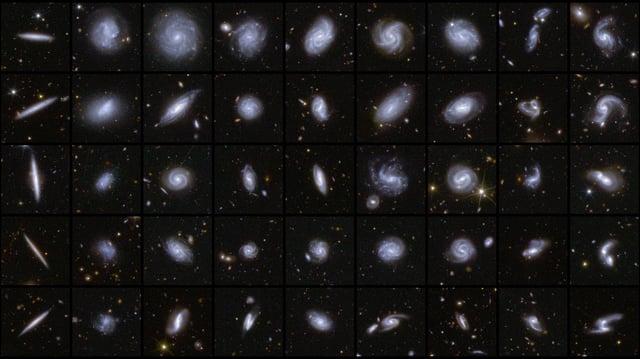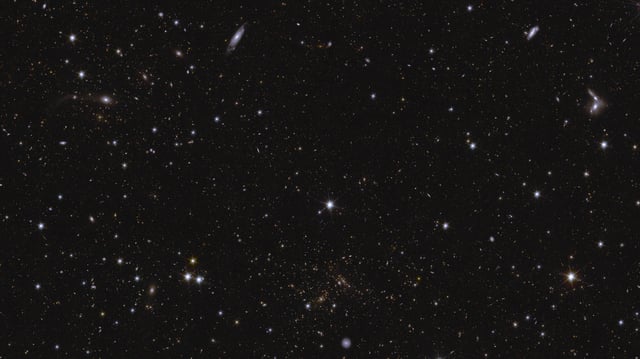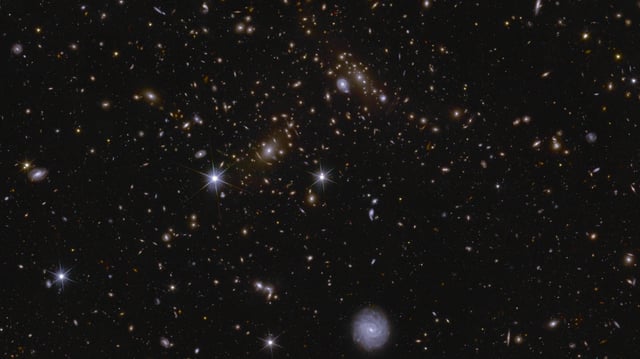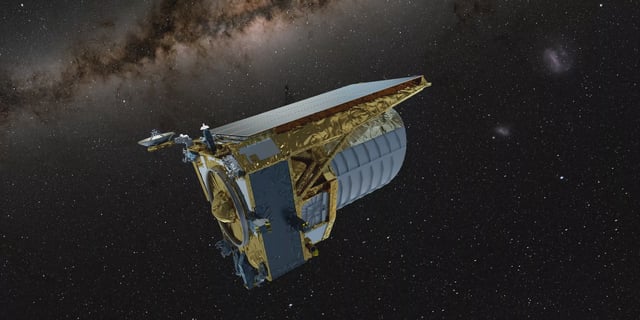Overview
- The initial dataset includes observations of 26 million galaxies, with 380,000 classified by shape and distance, and 500 strong gravitational lens candidates identified.
- Euclid's mission will map one-third of the sky, covering 1.5 billion galaxies, to study the universe's large-scale structure and the influence of dark matter and dark energy.
- Early findings highlight the cosmic web's vast structure, shaped by dark matter and dark energy, and include rare phenomena like double gravitational lenses.
- Advanced instruments, AI algorithms, and citizen scientists are crucial in processing the telescope's massive data stream, which generates 100 GB daily.
- This first release represents only 0.4% of the planned survey, with the next major data release scheduled for October 2026.



